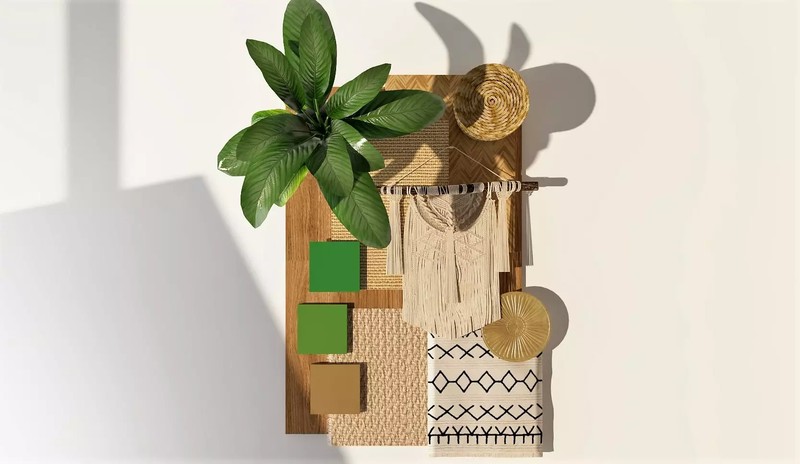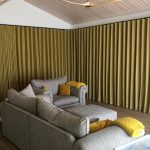
See the many benefits of using mood boards in interior design, and learn how to incorporate them into your own inventive process. The use of mood boards has grown in prominence in recent times.
Mood boards have been widely acknowledged for their usefulness to designers; nevertheless, what specific features of mood boards make them so crucial to the work of interior designers?
At some time in their careers, every interior designer has struggled to explain his vision to a client.
Because most of us lack the ability to connect with one another through telepathy, we need to find out the best way to share our thoughts with those of our generation so that we don’t spend too much time going in the wrong direction. You Need to know about the importance of mood boards there.
Using mood boards in the beginning stages of a project may help you win pitches and get on the same page with the client, since they succeed when words fail badly. When words fail, mood boards may save the day.
It is easy to misunderstand someone else’s expectations if they have not been very precise about the look they desire for their new interiors.
Creating a mood board is the first step in every productive design job.
Mood boards are a terrific way to keep track of your big-picture inspiration and smaller, more specific ideas while you work on a creative project.
Visual concepts are a never-ending source of inspiration; they are potent motivators that impart a feeling of mastery over one’s own life. Making mood boards is really no different from fooling around.
Staged construction method
Make a simple mood board that exemplifies your first concept, and then consult with the client on how to improve it. Rather of spending an indefinite amount of time refining the appearance, which would be followed by the nerve-wracking possibility of receiving criticism that may rip the whole design apart and compel you to start again, you can instead get input quickly and iteratively.
You might also use one of the editor’s provided templates if uniformity is a priority for you. Please review the attached sample and let us know if it leaves you with any doubts about the next project’s direction. The customer’s satisfaction with your progress towards their vision may be easily gauged with the use of a mood board like the one you see here.
Creating a Mutually Beneficial Relationship with the Client
Aesthetic judgement is famously subjective since it is based on an individual’s own preferences. If designing the inside of someone else’s home, it’s important to make sure that your goals and theirs are aligned.
Think About the Ideas You’ve Been Considering
What, however, do you do if all the client has to provide are his words? It’s likely that your mental image of their thoughts will be severely limited.
It’s easy to miss the forest for the trees while thinking about anything, thus relying on mental imagery to make decisions is seldom a good idea. In only a few hours, you can create a comprehensive mood board that incorporates your ideas with those of your client, allowing you to visualise your objectives and, ultimately, the final design.




